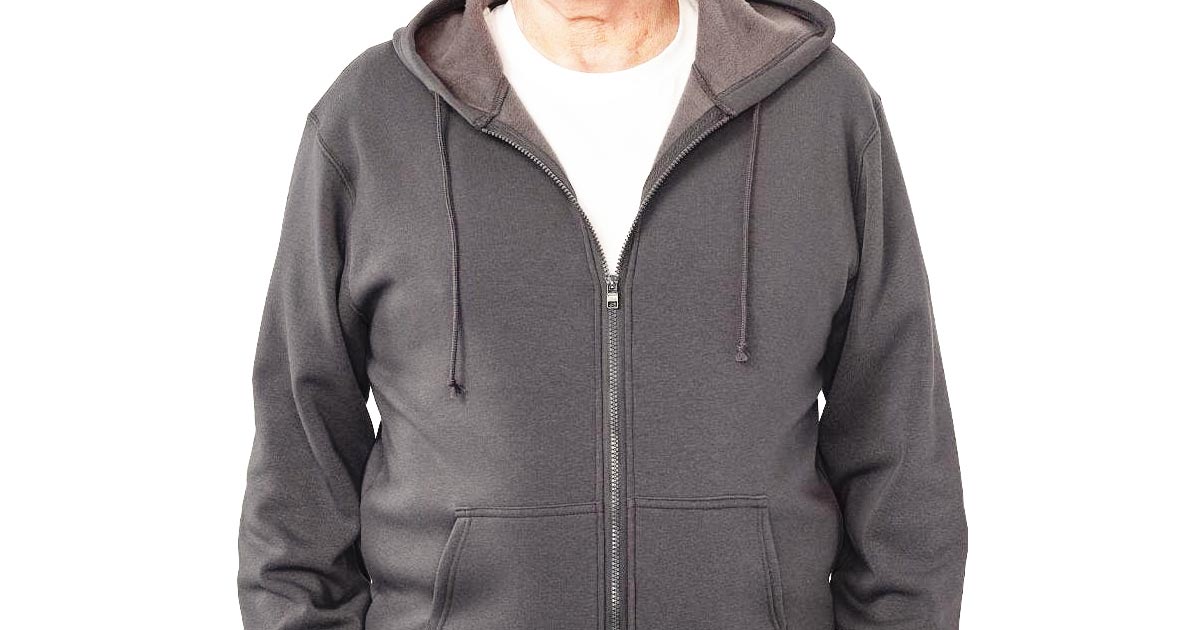By Jim Miller
(SAVVY SENIOR) The chore of dressing and undressing in traditional clothing can be difficult, time-consuming, and even painful for millions of people with certain health and mobility problems. Fortunately, a wide variety special clothing, known as “adaptive clothing,” is available that can help with most dressing challenges.
What is Adaptive Clothing?
Adaptive clothing is specially designed garments for people with mobility issues, disabilities, and cognitive challenges who have a difficult time getting dressed. This type of clothing incorporates discreet design features to make dressing and undressing easier, while still having the outward appearance of typical clothing.
Depending on your loved-one’s needs, here are some of the many different types of adaptive clothing options that could help.
Dexterity Problems
For self-dressing seniors who suffer from Parkinson’s or other disabilities that affect dexterity, there are pants, shirts, dresses, and outerwear made with Velcro or magnetic closures instead of buttons and zippers, which are much easier to fasten and unfasten. But be aware that magnetic closures are not suitable for individuals who have pacemakers.
Limited Range of Motion
For those who are disabled or who have limited range of motion and need assistance dressing, there are adaptive pants with zippers or snaps on both sides of the pants that are easier to pull on. There’s also a wide range of rear-closure shirts, tops, and dresses with Velcro or snap fasteners in the back for those who can’t raise their arms over their head.
Sitting in Wheelchairs
For wheelchair users there are higher back and elastic waistband pants that don’t slip down, as well as pants with fabric overlaps at the seat to allow for easier toileting access.
Tactile Sensitivities
For people with tactile sensitivity, you can purchase garments that have soft and stretchy fabrics without tags and, and they have flat seams to help prevent chafing.
Alzheimer’s
For seniors with Alzheimer’s disease, one-piece jumpsuits are available that have a back-zipper access, to prevent the wearer from disrobing inappropriately.
Where to Shop
Because each person’s dressing needs and style are so specific, finding appropriate adaptive clothing can be difficult.
Recently, mainstream clothing stores like JCPenney, Target, and Tommy Hilfiger have started offering a line of adaptive clothing for adults that combines fashion and functionality, but their in-store options are limited. To get a bigger selection, visit the store’s website and type in “adaptive clothing” in their search engine.
You can also find a large selection at online stores that specialize in adaptive clothing, like Buck & Buck, and Silverts. Both of these companies have been selling adaptive clothing for decades and offer a wide variety of garments to accommodate almost any need, condition, or style, for independent self-dressers and for those who need help.
Some other adaptive clothing sites you should visit include Joe & Bella, Ovidis, and IZ Adaptive, which sells clothing primarily designed for wheelchair users.
For those in need of adaptive footwear, Velcro-fastening shoes (instead of shoelaces) have long been a popular option and can be found in most local shoe stores.
Some other new lines of adaptive shoes that may be of interest include Kiziks and Zeba, which make fashionable sneakers and comfortable walking shoes that just slip on, hands-free, along with Billy Footwear and Friendly Shoes, which makes uniquely designed zip-on shoes. MSN
Send your senior questions to: Savvy Senior, P.O. Box 5443, Norman, OK 73070, or visit SavvySenior.org. Jim Miller is a contributor to the NBC Today show and author of “The Savvy Senior” book









